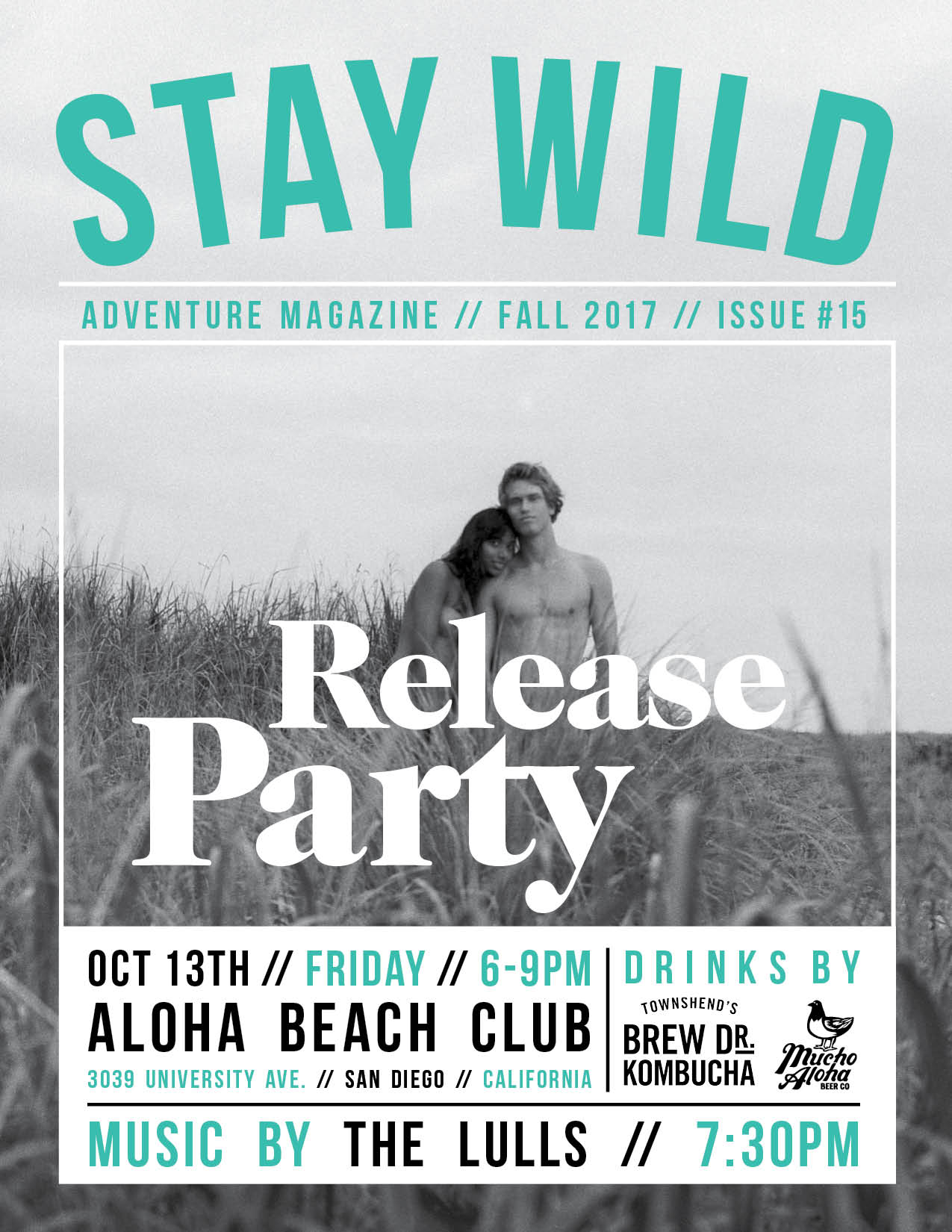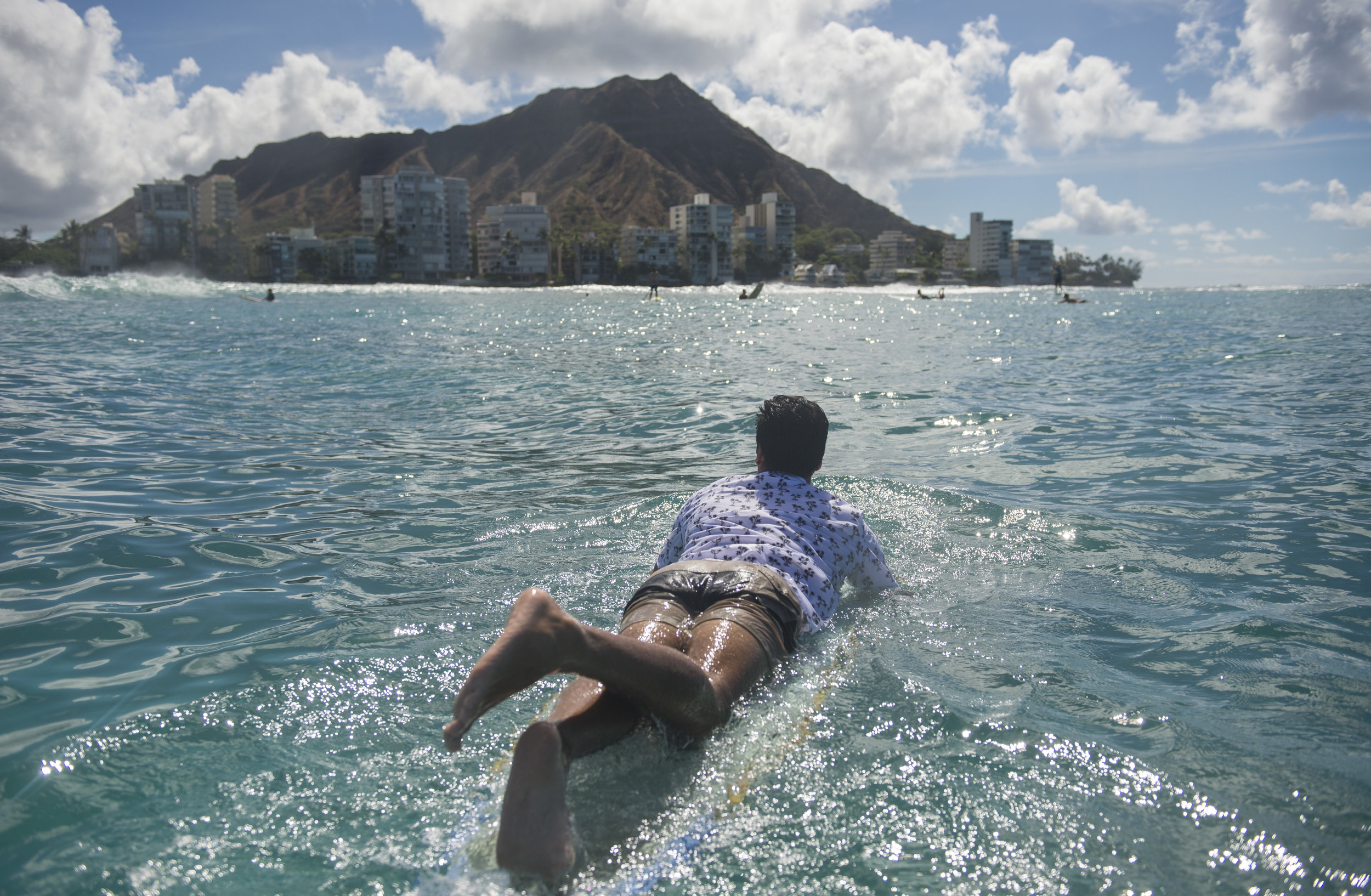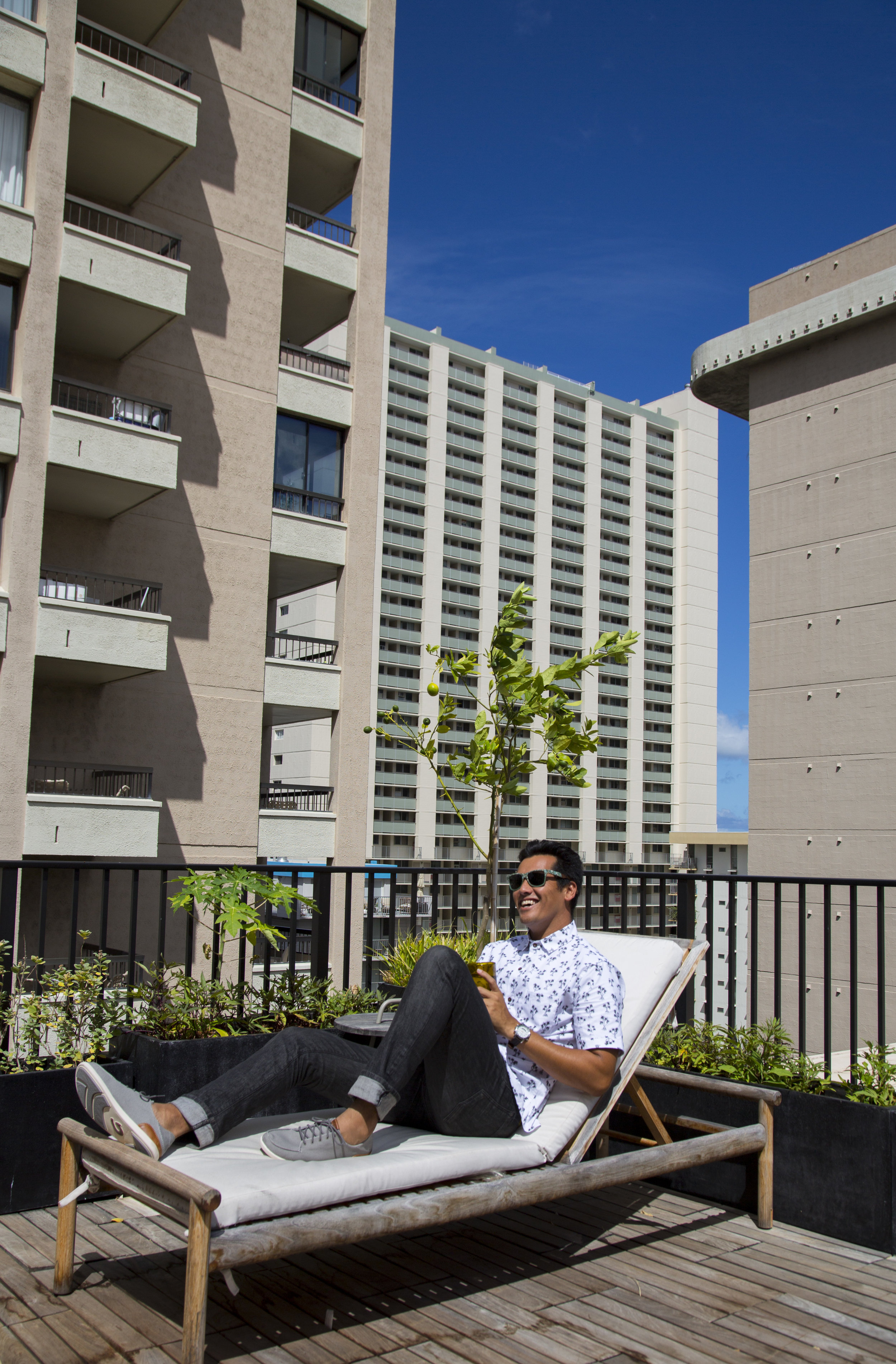It's About Survival
Stay Wild
Nearly 300 hundred miles above the Arctic Circle, the town of Akkarfjord is a cluster of colorful houses hugging the steep sides of the island called Sørøya. About 80 people call the town home, mostly employed as fishermen or at the local fish factory. The village is even named for fish: akkar, or cuttlefish, were the main catch until their populations mysteriously disappeared. About 50 kilometers away in the North Barents Sea gleams a behemoth called Goliat, a brand-new oil rig named for a giant that was ultimately destroyed by the little guy. It pumps liquid wealth from the deep.
Finnmark, or Samiland, is Norway’s Northernmost territory, a place so remote few visitors, including other Norwegians, venture there. The coastal people operate on the industries of fishing and energy extraction. Inland, the communities are primarily Sami, an indigenous group with rich roots across Northern Scandinavia. Many living in inland towns like Kautokeino and Karasjok maintain a lifestyle and economy centered around reindeer herding, and speak a mix of Norwegian, English, and regional Sami. There, lives are still rooted in the traditions of the ancestors, blended with a rural European modernity. The herders follow their animals’ migrations by snowmobile. The families drive to church on Sundays in SUVs, dressed in handmade, ornate Sami clothing.
On Christmas Eve 1969, oil was discovered in Norway. The nation’s parliament crafted “Ten Oil Commandments” in 1971, which included the promise that oil and the wealth it brought belonged to the Norwegian people. Since the discovery, Norway has transformed itself into a social welfare state. Wealth from oil and minerals lead to increased national and individual security through subsidized health care, insurance, education, grants, and pensions. Like all humans, Norwegians tend to guard that which protects and supports them. And here, the great protector is oil.
But the great provider is still the land and sea, both of which are changing. The winters are different now: the snow arrives later and more sparingly. The reindeer herders say the winter has such odd patterns that their reindeer can die from starvation. Fishermen have noticed that the sea is warmer and more acidic. The hunters say they no longer know where to find animals to hunt and eat. Most people in town recall snows of past winters that reached to second-story windows, but in recent years it rarely reaches past the tops of winter boots. In first-world countries like Norway or the US, wealth, whether from oil or another source, may allow the comforts of apathy or skepticism to insulate from the immediate effects of climate change.
“Everything has changed.
Climate is also part of this change.
Ice and water have become less safe to travel. The weather conditions are getting more and more unstable in the winter. Suddenly it can be mild and the snow gets wet. Then, suddenly, it can be cold and freeze this wet snow to ice, so that the entire landscape is transformed into ice-like snow, which means that the reindeer are unable to dig down to the food under the snow.”
– Ingor Ante Mahtte, Sami reindeer herder
"There are more than 300 words in the Sami language to describe the snow and in the Norway language there are maybe five.
So we describe the snow. If someone asks me how are the conditions for the reindeer, I can describe the snow with the right word: if it’s packed, how the bottom layer is, how is the top layer is. Last year, the warm period came in the middle of March and it warmed up the snow and then got colder again.
And then everything was ice for six weeks. And the reindeer couldn’t eat through the ice. We lost a lot of reindeer, they died. These days we start giving them grass and food pellets.
And I see that every year we have to give them more and more food in wintertime. That’s the only way to survive when it’s icy."
– Niillas Mihkkal Gaup, Sami reindeer herder
"We are destroying the earth.
The weather will continue to be unstable.
I think it is mostly done by humans, by lots of things we do. Our industries.
Now we have several seasons
in a week."
– Berit Sara




































